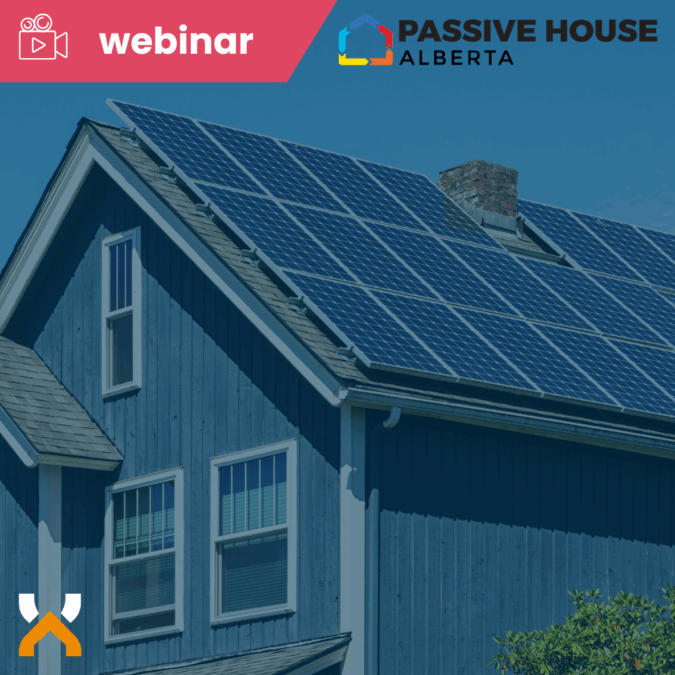Author/Contributor: ENBIX, Passive House Alberta, Haitao Yu
Summary:
This webinar was made possible due to support from Alberta Ecotrust – ENBIX. It features Haitao Yu, R&D Director for Landmark Homes and a member of the technical committee for the CHBA Net Zero Energy Home Labelling Program, who discusses Landmark’s journey in building net-zero homes and their project to combine 100 net-zero homes into a Virtual Power Plant (VPP).
Landmark Group is a production builder with 47 years of history in Alberta. They began their journey to net-zero energy home construction over a decade ago. Landmark built its first net-zero home in 2012 and Canada’s first affordable net-zero home in 2017. To date, they have built over 40 net-zero homes and over 100 net-zero-ready homes. Their primary motivation for building net-zero homes is sustainability and addressing climate change, offering benefits like improved comfort and healthier living. While the CHBA Net Zero Home Labelling Program is growing, Landmark remains one of the few production builders offering net-zero options at scale. The main barrier is still the overall cost. Adding net-zero features can increase the home price by ~10%, making payback through utility savings take longer, especially with Alberta’s cheap natural gas.
Another barrier is Alberta’s electricity infrastructure. High-performance and net-zero homes, especially ones that use heat pumps, can significantly increase winter peak electricity demands. At the same time, the rise of large rooftop solar arrays can create an imbalance between production and demand, especially in summer, leading to grid instability. According to Haitao, widespread adoption of net-zero homes will require policy support to drive down costs and align with evolving building codes, particularly the changes coming in 2025 and 2030 that will push for adoption of higher energy tiers and consider both operational and embodied carbon.
To tackle these barriers, Landmark is piloting a Virtual Power Plant (VPP) project in Blatchford. It involves 100 net-zero homes, each with a 20 kWh battery connected to a Virtual Power Plant platform. The goal is to smooth out energy demand spikes and manage grid imbalances while giving homeowners greater energy resilience and the chance to participate in Alberta’s wholesale electricity market. The project is also collecting energy data to refine modelling and understand real-world energy patterns. Running through mid-2027, this pilot aims to demonstrate how smarter energy systems and innovative business models can support the future of net-zero living.
Watch the full video here.
Reference Links:

